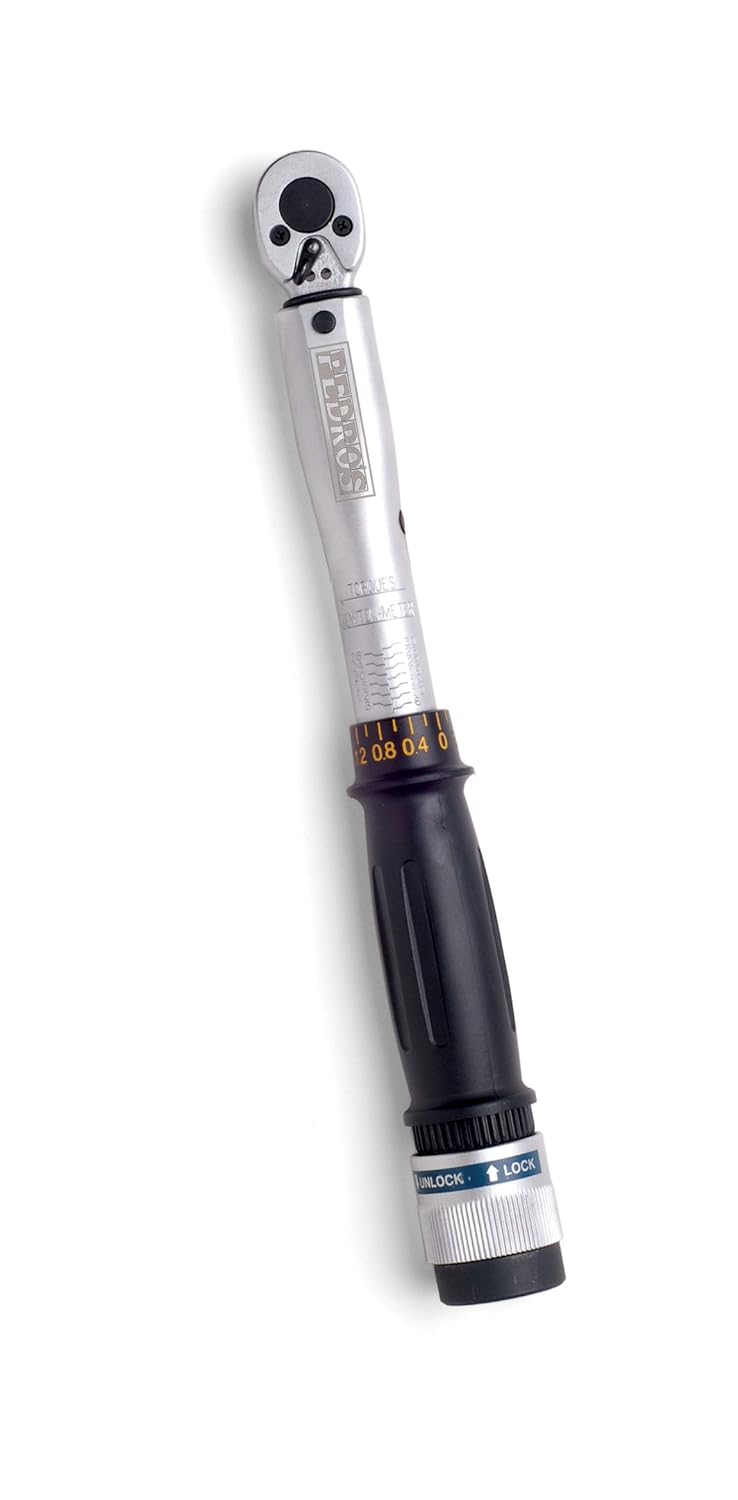Seven Bike Tools Every Rider Should Have
Seven Bike Tools Every Rider Should Have
Working on your own bike can be satisfying and can save you a bunch of money. Having the right bike tools for the job is necessary on both accounts. You and only you know exactly what is wrong with your bike; there is no need to attempt recreating the malfunction for your local mechanic if you repair the bike yourself. You can diagnose and fix your own problems and have fun doing it.
But there is nothing more frustrating than trying to bodge your way through a repair with inferior tools, or worse, make the repair more complex and then you have an embarrassing trip to the bike shop. There you will have to explain, in detail, how your attempt to make your bike right went very, very wrong.
Before Touching the Tools
Even more important than having quality bike tools fit for the tasks you will encounter, you need to know how to use them. Seek out someone to teach you, watch videos online, read articles and practice on an old beater in a low-stakes repair before moving on to your top bike. Always check your work.
Finally, the Tools
This is a list of bike tools that every rider should have and know how to use well. Having them on hand will save you money because you will not have to pay your shop, nor will you have to bring your bike to the shop for most repairs.
Floor Pump
While a floor pump is not the most exciting bike tool, proper and regular use can avoid the most common bicycle repair: a flat tire. Correct inflation pressure for the rider/tire/rim/surface condition combination can lead to fewer flats, along with better handling for your bike. Pressure that is too low risks pinch flats and pressure that is too high can lead to more puncture flats. Finding your Goldilocks pressure will keep your bike rolling, keep you more comfortable on the bike and more confident in your bike handling.
Tire Levers
Bad tire levers are really frustrating. Picture it: you are thirty seven miles from home and you catch a flat. You try to struggle your tire off of your rim with your bare hands, but it is too hard. You reach for your tires levers and you proceed to break all three before you can get the tire off of the rim. You then wrestle the tire with your bare hands again for half an hour, resulting in either A) Great success! Your tire came off (but your hands are bloody and bruised or B) You call for a ride, wait an hour to get picked up and another hour drive home.
Good tire levers are the difference between a simple fix and the above situation. It is not a huge investment. Get the good ones and you will actually save money because you will not break them nearly as frequently.
Hex Keys/Torx Keys
Most bolts on bicycles have metric hex bolts. A good set of hex keys with ball-end drivers will make repairs a breeze. They will fit in your bolts securely, minimizing the chance of stripping the bolts. The ball end allows you to tighten and loosen hard to reach bolts at angles other than perpendicular. The set should have a full range of sizes to accommodate all of the bolts you will work on. Again, this is not a huge investment.
More and more bike parts have Torx bolts, six pointed star heads that give their wrenches more surface area, reducing the chance of stripping them. The same rules that apply to hex keys apply to Torx keys, except that cannot accommodate ball-ends.
Cable Cutters
Replacing cables is not a complicated job with the right cable cutters. And there is only really one rightcable cutter, which is often copied. With the wrong cable cutter, you risk fraying the cable or housing you are working with. A frayed cable is useless; the frayed section can spread and will not go cleaning through the housing, compromising its function.
Chain Tool
Cutting your a new chain to the correct length and installing it is one of the most satisfying repairs to make. It increases the longevity of your drivetrain if done at the correct intervals and makes it more efficient with crisper shifting. The only way to push the pins through a chain is with a chain tool.
Screwdrivers
There are a few adjustment screws on bikes, usually for derailleur limits (although some have moved to small hex heads) and usually number two Philips heads. But not all screwdrivers are equal; a good fit goes a long way to preserving your screws. Additionally, you should have a flat head screwdriver around, but this is mostly for scraping clean derailleur pulleys and other hard to reach places.
Torque Wrench
The last tool, the torque wrench, is a recent necessity. With the explosion of lightweight parts that require a certain torque to both hold fast and not fatigue prematurely, a torque wrench is the only tool for the job. Fortunately, most bike parts that require a certain torque have it printed right on them. Make sure you get the right bits for your bikes. Lots of people say they can do it by feel, but that has been proven wrong time and again.
Get Wrenching
Your own work is always more satisfying than relying on someone else’s. These bike tools should get you on your way to mastering most basic repairs. Remember to learn how to use a tool properly before attempting any repairs.











评论
发表评论